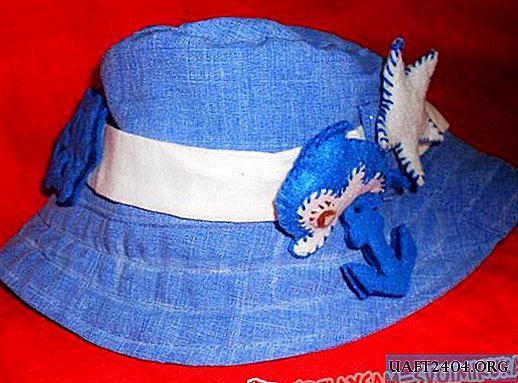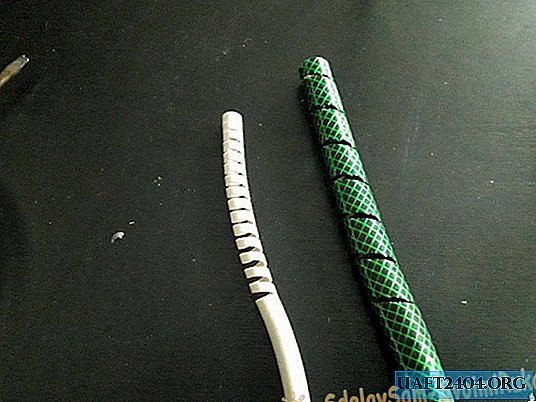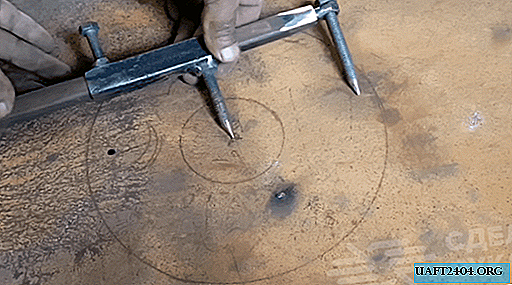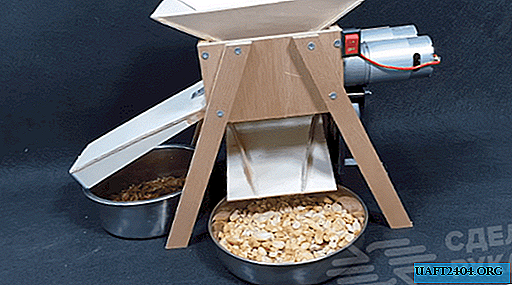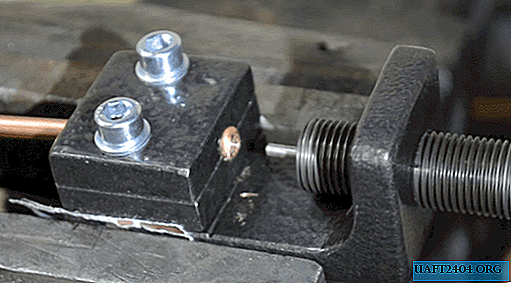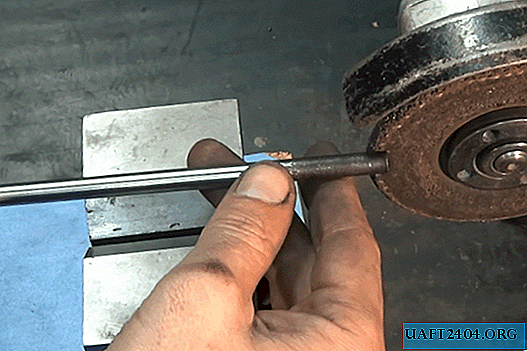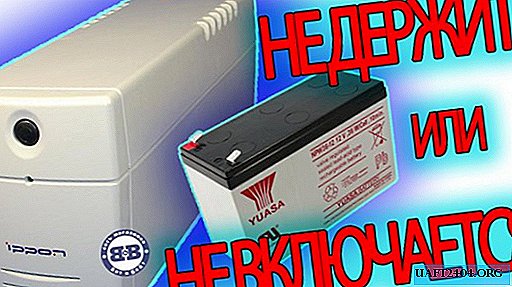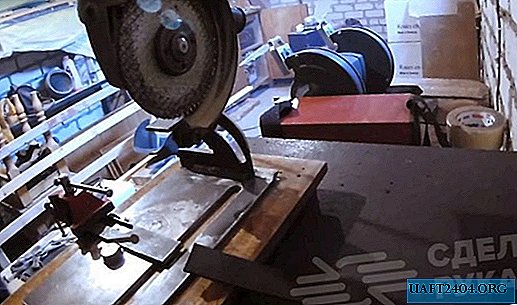Share
Pin
Tweet
Send
Share
Send
We need designer cardboard and paper, scissors, transparent adhesive gel, lace and satin ribbon (preferably the same color as paper), a ruler, and a knitting needle.

1. We make a cardboard envelope. We cut the workpiece 21x15 cm in size. We leave 1 cm on one side and bottom, so that later it can be bent and glued. The remaining sheet is divided in half vertically. On one side, draw an inverted triangle from above. Now you can cut off all the excess and draw along the lines of the folds with a spoke so that creases do not form on a thick cardboard during folding.

2. We collect our blank in an envelope and glue. We carefully press the gluing place, and it is better to place it under the press, for example a thick book, for a while. When the glue has seized, we cut off all the bumps and excess edges.

3. Now we proceed to decorate the envelope. Glue lace to it, 5 cm wide, to cover half of the front of the envelope. We make a neat bow from a satin ribbon, 2-2.5 cm wide, and glue it to the top of our triangle.

4. We make an insert with the text. We select the invitation text from the standard ones or compose your own. Ideally, invitations should be personalized, i.e. contain printed names of invitees, date, time and places of the celebration. It is best to print first on plain paper if you don’t like to change something, for example, the size and type of the font. When everything suits, print the text on the designer paper, cut to the size of the envelope, try on our liner, tweak it if something is wrong. If there is such an opportunity, then we recommend cutting the sheet with a cutter, so that the edges are as flat and accurate as possible. Now, to make it easier to get the liner out of the envelope, make a loop. To do this, use a satin ribbon 3-5 mm wide. We glue it from the inside, the place of gluing needs to be covered with something, for example with a half-bead or just a small square of the same paper.

Here are our invitations and are ready. Agree, it was quite simple, and all the necessary materials can be easily found in needlework stores.
Share
Pin
Tweet
Send
Share
Send

